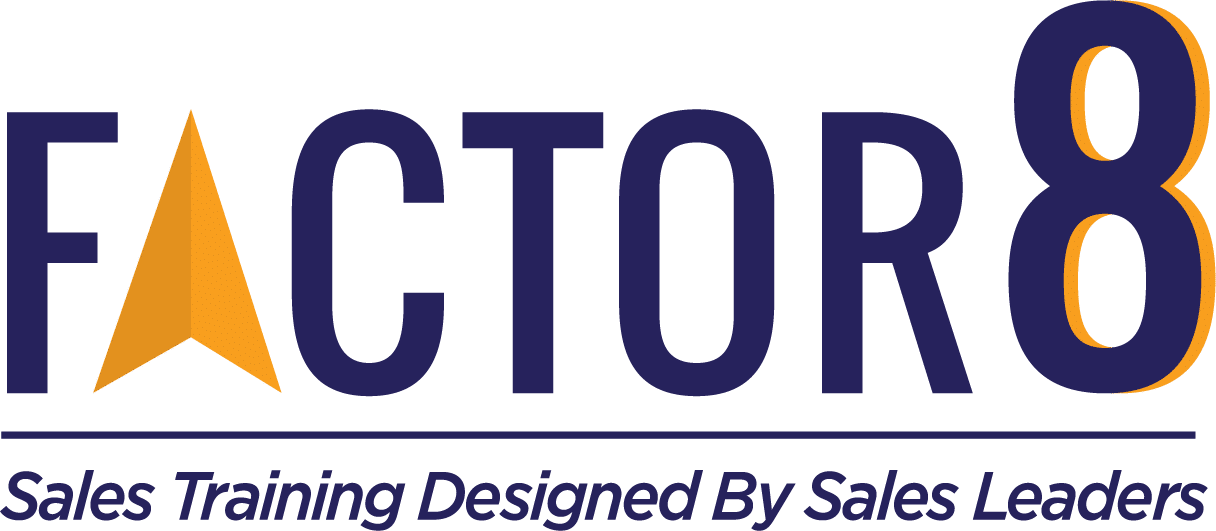How to Ask Existing Customers for a Sales Referral
Did you know that 83% of customers are willing to offer a referral after a positive experience? It’s true! So, why aren’t reps getting more sales referrals? Honestly, many are too afraid to ask. It’s time to change that!
Let’s start out by covering the 3 key benefits of a referral:
- Safety: With an average of 6.8 people involved in each sale, getting additional referrals within a company should be smooth sailing. The number one benefit for the inside referral is safety. These additional contacts protect your account in the event your initial contact decides to leave. As an added bonus, they can also lead to new business from another department or division!
- Win Rate: The stats don’t lie. Customers referred by a friend are 4X more likely to purchase AND have a 69% faster closer rate. So, by asking just one little question you could be closing more business in less than ½ the time!
- Value: Referral clients stay longer and churn less! Overall, referral clients have a 16% higher chance of becoming a lifetime customer. They also have an 18% lower churn rate.
Okay, now that we understand WHY referrals are the golden goose of the sales world, let’s talk about how to prepare for the ask! There are 3 things we need to have ready before we ask for a referral…
- The Win: Think back to the client’s original specific request. What are the details? How did you help them deliver on those elements?
- Which of the 6 SWIIFT℠ values did we deliver on?
- Time
- Money
- Ease
- Making them look good
- Freeing them from risk
- Giving them power or control
- Which of the 6 SWIIFT℠ values did we deliver on?
- The Timing: When is the right time? This is not a one-size-fits-all answer. Instead, this is specific to you, your product, and the customer implementation. Here are a few good questions to ask yourself:
- Has the customer received the product and had time to use it? If the answer is no, then let’s wait a little while longer.
- Stay away from busy periods (end of the month, quarter, year, etc.). Would you call an accountant in April? No, so let’s be smart about when we reach out to our customers asking for favors.
- Think: Does your client operate on a Fiscal Year or a Calendar Year?
- What is the customer’s feedback cycle? Are they able to review it upon receipt or is the product offered to a 3rd party after your client receives it?
- What are the client’s usage rates? Is this something they will use often, or something they may use sparingly?
- The Ask: Before you make this call let’s understand who you are really looking for. Take the time to imagine the perfect client in your mind. Can you describe the job title, duties, or the situation the potential client might be in? We want to be specific and use descriptors to help your client think of possible referrals.
- Asking a client if they know of anyone else who is looking for training might leave you with an awkward silence. On the other hand, asking a client if there are any other SVPs in their company or network that might also be onboarding new team sales reps might provide one (or more) specific names.
Next, now that we’ve discussed the benefits and we’ve prepared for the ask… it’s time to make the call. Let’s talk about the 4 steps to a foolproof referral!
Step 1: Bring it Up
- Did you speak with this client originally? If so, let’s use that as a jumping-off point, “I remember when we first spoke, you were looking for help with _________”
- Were you not their original point of contact? Speak with their original point of contact and get all of the details. Use the client’s original specific reason for working with you to lead the conversation.
Step 2: Get a Rave
- Let’s find the thing that gets them talking. Check your CRM notes, check with their customer service rep, find the challenge that your company answered, and use it. If we can get the conversation flowing, switching to the ask will be easy.
Step 3: Repeat the SWIIFT℠ Value
- Don’t be afraid to talk about their original specific reason again if you aren’t getting some excitement. Sometimes it can help to gently remind them about the pain of their situation prior to stepping in and helping them get to the payoff.
Step 4: Ask for a Specific Referral
- Be ready with the specific title, job description, or situation that you are looking for. Being a bit specific can help guide your client to thinking of a real live name! “Are there any other Directors of Sales in your company or network that are looking to increase their closing ratios?”
- Be careful not to be too specific though, creating too narrow of a window can also leave you empty-handed.
- Pro Tip: Use the Rule of 3 to help them see
- When forming your ask, bringing three options to the ask will make it easier for your client to think on their feet. “Maybe a customer care team, inbound demand generation, or a sales development team?”
- Be careful not to be too specific though, creating too narrow of a window can also leave you empty-handed.
One little bonus tip, if you ask for a name you will only get a name… so ask for more!
Once your client has offered you a name, the final step is to confirm with your client what their level of comfortability is when referencing them to the referral.
Level 1: Permission to use the contact’s name as a lever
Level 2: Would they be willing to e-introduce you, copying both you and the new contact?
Level 3: Would they be willing to call the new contact personally and tell them about you, prior to your reach out?
Level 4: An in-person meeting or live joint introductory call!
Okay, I know this is a lot of information. But once you put these rules into practice, I PROMISE you will see amazing results. Now let’s go out there and start raking in those referrals!

